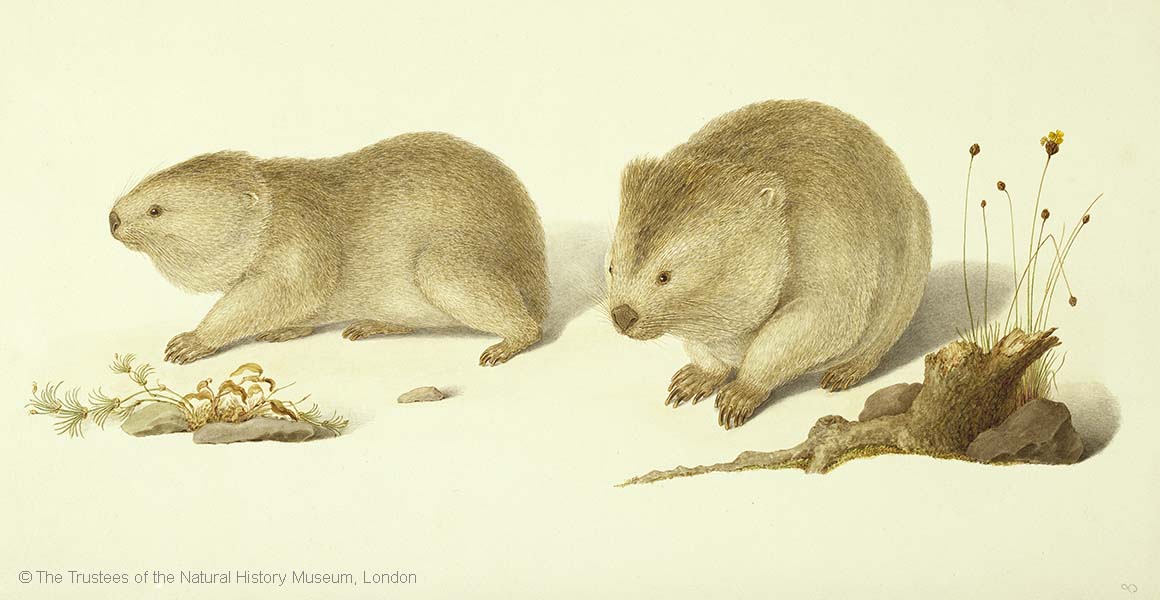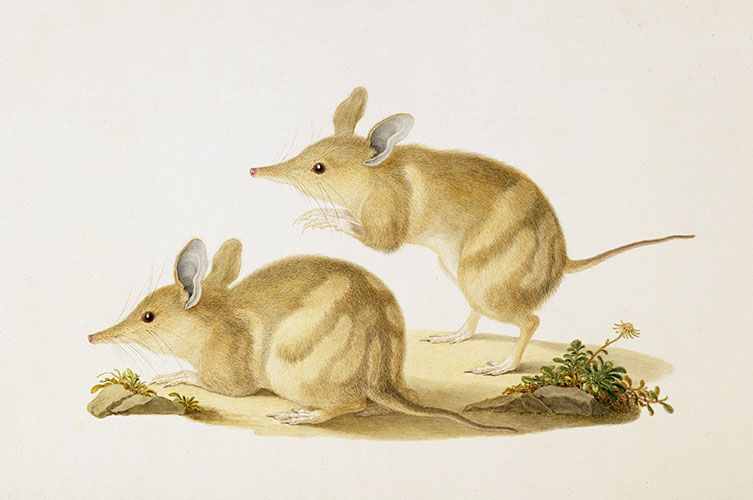Ferdinand Bauer is regarded as one of the world’s greatest natural history painters.
A large collection of his work has been brought together for the first time, allowing the world to examine it close up.

Ferdinand Bauer is regarded as one of the world’s greatest natural history painters.
A large collection of his work has been brought together for the first time, allowing the world to examine it close up.
Born in Feldsberg, Austria, on 20 January 1760, Bauer was to lead a life of travel and adventure as a natural history artist. His work blends beauty with scientific precision, showing incredible attention to detail and a near obsession with colour.
His story is not widely known, but his legacy is important to natural history scholars all over the globe.
The painter went to extreme lengths to recreate the true colour of specimens, which he noticed begins to fade soon after animals and plants die.
Rather than hurry his work or rely on memory, Bauer developed a colour referencing system in which he assigned each shade a four-digit number and meticulously recorded the various codes for each specimen.
Bauer could then complete full watercolour paintings at a later date. As a result, his illustrations are vibrant but accurate depictions of the organisms in life.

A hooded parrot from Ferdinand Bauer's zoological watercolours and drawings observed during Captain Matthew Flinders' circumnavigational survey of Australia (Investigator 1801-1803)
Bauer was a keen traveller, and one of his most significant trips was to Australia in 1801 on HMS Investigator.
The expedition ending up staying in Australia for three years as the ship became unseaworthy. It gave Bauer plenty of time to sketch hundreds of illustrations of the country's wildlife.
He recorded animals and plants as he found them in the wild, whereas many artists drew captured or dead specimens in the comfort of their studio.
Bauer brought hundreds of detailed pencil sketches back to London - many of which were of undescribed species - which he used as templates for the finished watercolours now preserved in the Museum.

A watercolour painting of a barred bandicoot, from a collection of 49 original watercolour drawings from the H.M.S. Investigator expedition to Australia.
Professor David Mabberley, one of the world's leading botanical scholars, has surveyed Bauer's work and revealed his extraordinary colour-coding system.
He has published a new book called Painting by Numbers: The Life and Art of Ferdinand Bauer, which is supported by a websiteopens in a new window, developed by the State Library of New South Wales in Australia. More than 300 works by Bauer have been published together for the first time, including works from the Museum's collection.
It contains many previously unpublished works by Bauer and demonstrates his colour-coding practice.
Prof Mabberley says, 'His mind worked at such a speed that he could remember colours by number, and by the time he reached Australia he had 1,000 shades committed to memory.'
The website allows visitors to see Bauer's sketches and complete watercolours side by side, like the two images of a southern pygmy leatherjacket fish below.

Bauer's sketch of a southern pgymy leatherjacket fish

A completed watercolour painting of a southern pygmy leatherjacket fish
It is thought that Bauer made 2,060 field drawings during the HMS Investigator voyage - of these the Museum holds 252 botanical and 49 zoological finished watercolours. Some of them have now been digitally brought together in this project.
The rest are held by the Natural History Museum in Vienna, Austria.
The Bauer drawings and associated specimens are important to the history of Australian flora and fauna.A few of them have since been used to name previously undescribed species, including Australian fishes and plants.
Andrea Hart, the Museum's Library Special Collections Manager, says, 'The artworks of the Bauer brothers represent some of the finest examples of natural history illustration that remain admired by artists and scientists alike.
'They are masterpieces of an age of scientific endeavour and that they have been brought together in such a unique way is a wonderful example of how institutions can work together digitally in new and exciting ways.'
Don't miss a thing
Receive email updates about our news, science, exhibitions, events, products, services and fundraising activities. We may occasionally include third-party content from our corporate partners and other museums. We will not share your personal details with these third parties. You must be over the age of 13. Privacy notice.
Follow us on social media